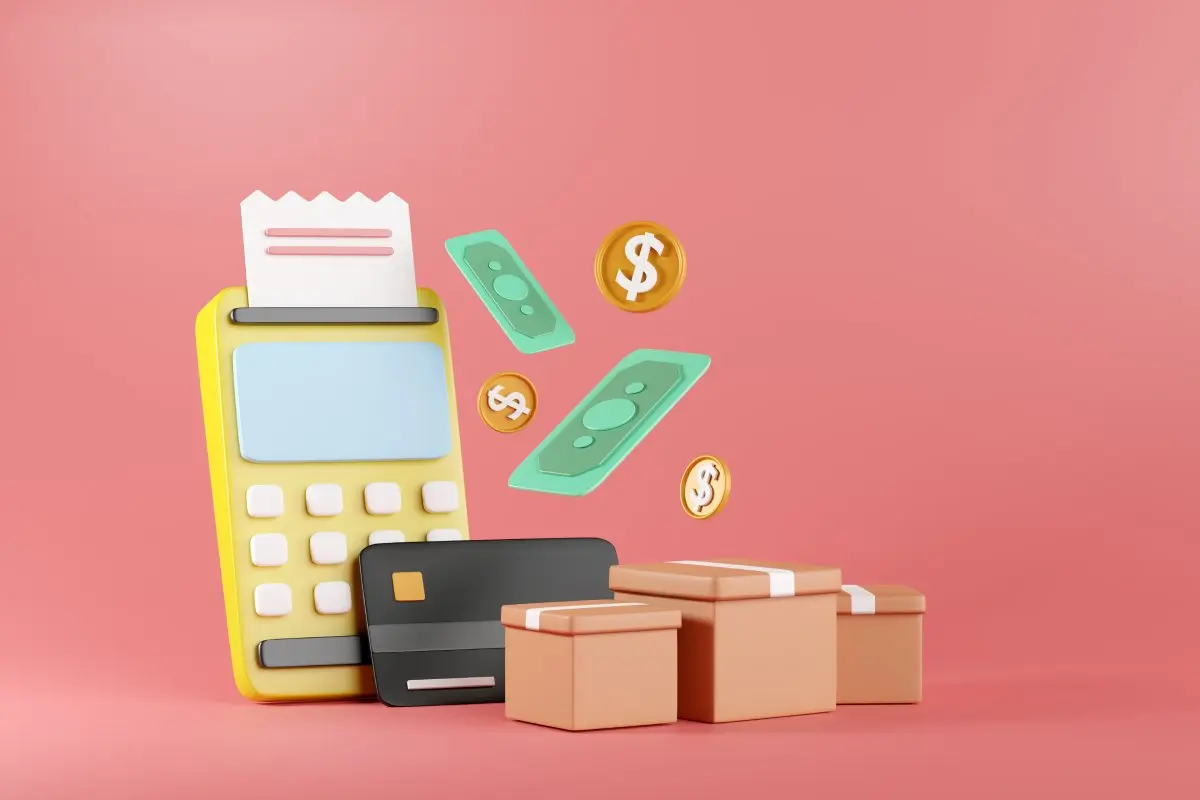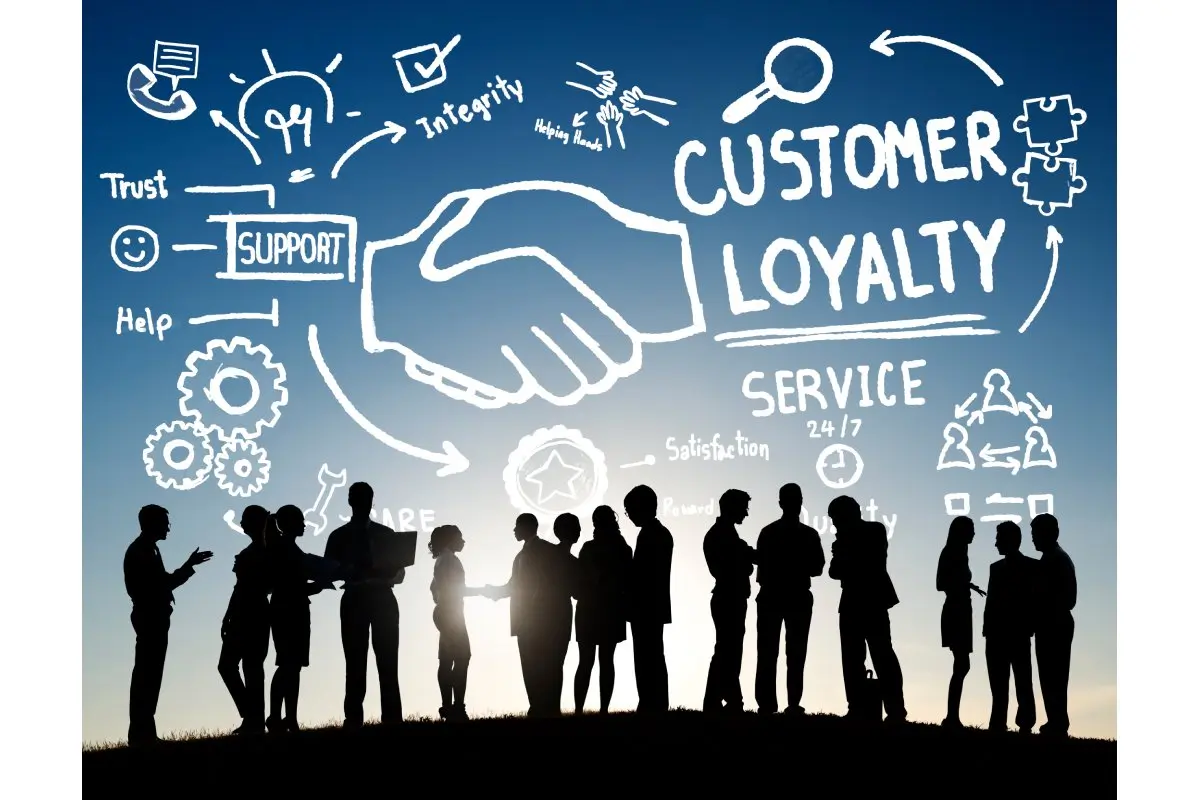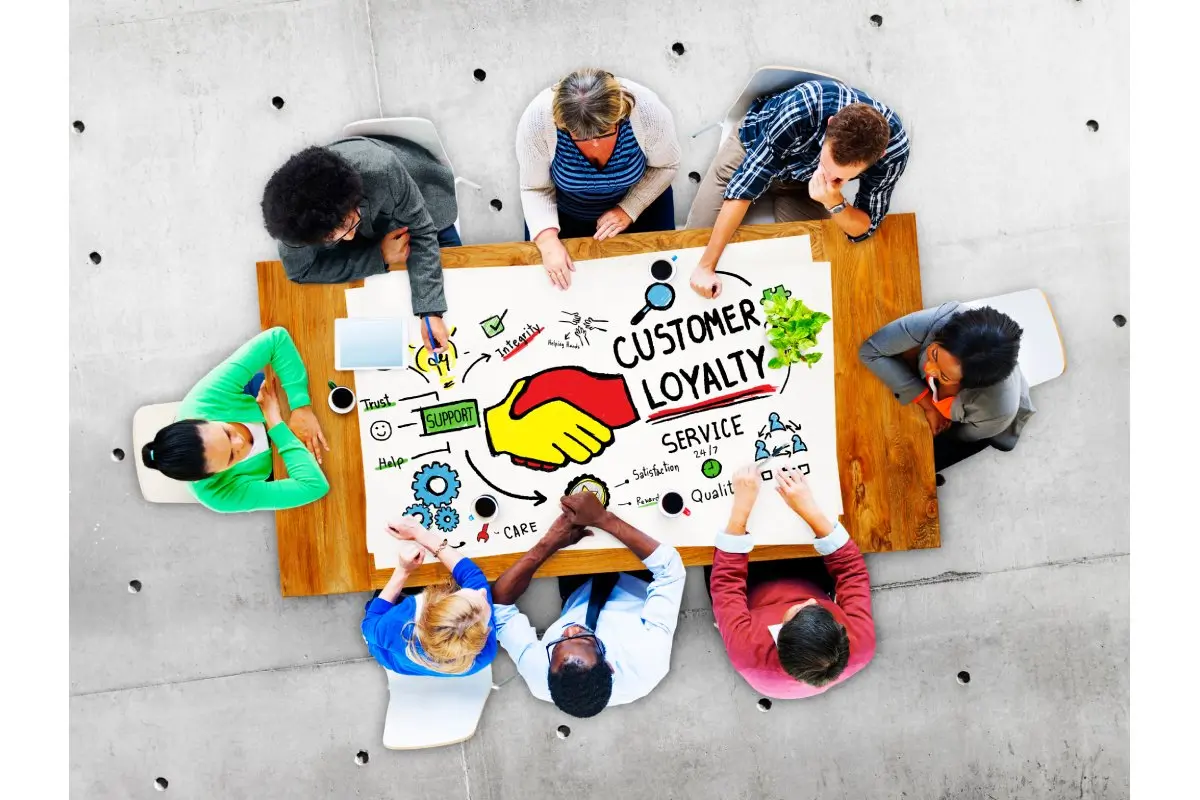Tokenized loyalty programs turn traditional rewards into digital tokens secured on a blockchain, offering brands a way to keep customers sticky, engaged, and coming back for more. Unlike the old-school punch cards or clunky points systems, tokenized programs bring transparency, flexibility, and a dash of Web3 magic to the table.
Quick answers – Jump to section
- What Are Tokenized Loyalty Programs?
- Why Should Brands Care?
- How Do Tokenized Loyalty Programs Actually Work?
- Real-World Token Loyalty Wins
- Pros and Cons of Tokenized Loyalty Programs
- Tackling The Hurdles
- The Road Ahead for Tokenized Loyalty
- FAQ
- Final thoughts
What Are Tokenized Loyalty Programs?

Think of tokenized loyalty programs as loyalty points with a PhD in blockchain. Instead of just earning points that sit in a dusty database somewhere, customers earn digital tokens stored on a blockchain ledger – secure, transparent, and under their control. These tokens can be spent, traded, or saved across multiple brands, not locked to just one.
This setup uses smart contracts – automated “if this then that” programs – to manage issuance and redemption in real time, ensuring there’s no funny business with points vanishing into a black hole. Customers store tokens in digital wallets, sometimes interoperable, turning rewards from static acknowledgments to fluid digital assets.
Why Should Brands Care?
Brands want customers who don’t just drop by once, grab a discount, and ghost. Tokenized loyalty programs use gamification and tradeable rewards to coax customers into more frequent interaction and higher lifetime value.
- Boosted Retention: Rewarding customers with tokens that feel like digital currency makes them more likely to stick around. It’s much harder to ditch tokens that are tradable or collectible.
- More Customer Control: Giving customers power to trade or use tokens across systems enhances perceived value and engagement.
- Better Data Insights: Blockchain’s immutable ledger offers precise transaction tracking, feeding brands data goldmines – no fudging allowed.
- Target Next-Gen Shoppers: Millennials and Gen Z appreciate transparency and blockchain-based solutions – they spot the old “points” system as outdated.
How Do Tokenized Loyalty Programs Actually Work?
- Earn: Customers earn tokens by purchasing, referring, reviewing, or engaging socially.
- Store: Tokens land in digital wallets, ready for trade or redemption.
- Redeem: Tokens turn into discounts, exclusive products, or special experiences.
- Trade: Customers can trade or sell tokens, sometimes even turning loyalty into a micro-investment.
- Level Up: Brands add gamified elements – leaderboards, challenges, quests to keep customers hooked.
Smart contracts handle these actions seamlessly, slashing manual errors and guaranteeing fairness with blockchain transparency.
Real-World Token Loyalty Wins

- Starbucks Odyssey: Customers collect NFT stamps, unlocking exclusive experiences beyond the usual free coffee.
- Lacoste’s UNDW3: Fashion meets Web3 via NFTs permitting exclusive drops and brand loyalty.
- Airlines: Turning frequent flyer miles into tokens that passengers can trade or use across partners.
- Gaming Platforms: Rewarding in-game achievements with tokens usable on multiple platforms.
Pros and Cons of Tokenized Loyalty Programs
| Pros | Cons |
|---|---|
| Transparent, secure blockchain ledger | Complex blockchain tech can intimidate users |
| Gamified rewards increase retention | Regulatory uncertainties by region |
| Data-driven insights from immutable records | Token wallet onboarding friction |
| Tokens can be traded or used cross-brand | Setup costs and time can be high |
| Modernizes brand image, attracts Web3 customers | Potential customer confusion with tokens |
Tackling The Hurdles
The main stumbling blocks? Crypto confusion and token wallet headaches. Solving these means:
- Offering simple custodial wallets or user-friendly wallet setups.
- Educating customers on the perks over the tech jargon.
- Keeping tokens utility-focused to dodge strict regulations.
- Designing gamified, fun experiences that don’t feel like homework.
The Road Ahead for Tokenized Loyalty
Soon, token holders might get more than discounts – they could earn governance rights to vote on brand decisions. Expect AI to tailor token rewards based on behavior, and AR to turn token earning into real-world adventures.
FAQ
What makes tokenized loyalty better than old-school points?
Tokenized loyalty points are digital assets on blockchain, allowing real ownership, tradeability, and transparency, unlike static points stuck in a database.
Can customers trade or sell loyalty tokens?
Yes. Many brands enable secondary markets so customers can buy, sell, or trade tokens, making rewards more valuable and flexible.
Are tokenized loyalty programs expensive to set up?
Initial build costs and tech integration can be higher than traditional systems but often pay off in customer retention and brand engagement.
What about regulatory risks?
Staying clear of security tokens and focusing on utility tokens help brands navigate legal challenges, but it varies by region.
What if customers don’t understand blockchain or wallets?
User-friendly wallets, custodial accounts, and education are key. Brands often hide blockchain complexity behind simple UX.
Final thoughts
In a nutshell, tokenized loyalty programs take what we all know about rewards and toss it into the future. For Web3 brands hungry to differentiate themselves and cling tight to their customers, they offer a clever combo of tech, transparency, and token-driven fun. It’s time loyalty got a digital upgrade because customers deserve more than just points they forget about.
This approach not only rewards customers but turns them into active participants in your brand ecosystem. And in the world of Web3, participation is king.
_________________________________________________________________
Get your business referenced on ChatGPT with our free 3-Step Marketing Playbook.
Want to know how we can guarantee a mighty boost to your traffic, rank, reputation and authority in you niche?
Tap here to chat to me and I’ll show you how we make it happen.
If you’ve enjoyed reading today’s blog, please share our blog link below.
Do you have a blog on business and marketing that you’d like to share on influxjuice.com/blog? Contact me at rob@influxjuice.com.


Leave a Reply
You must be logged in to post a comment.